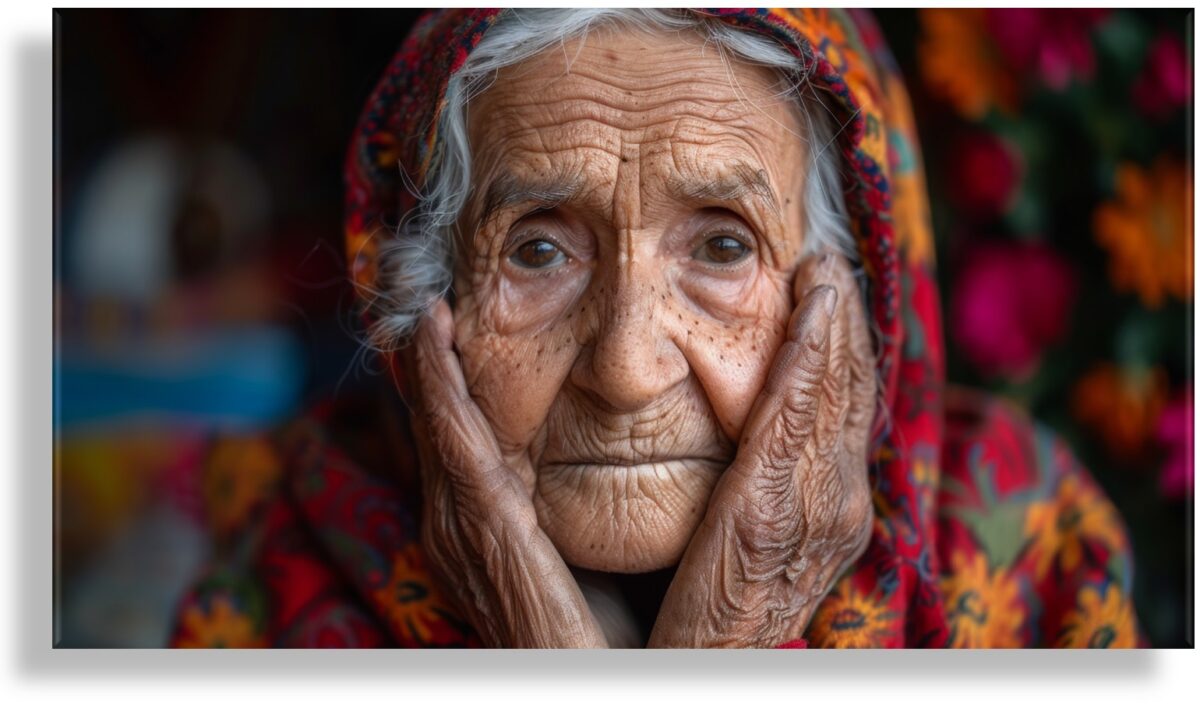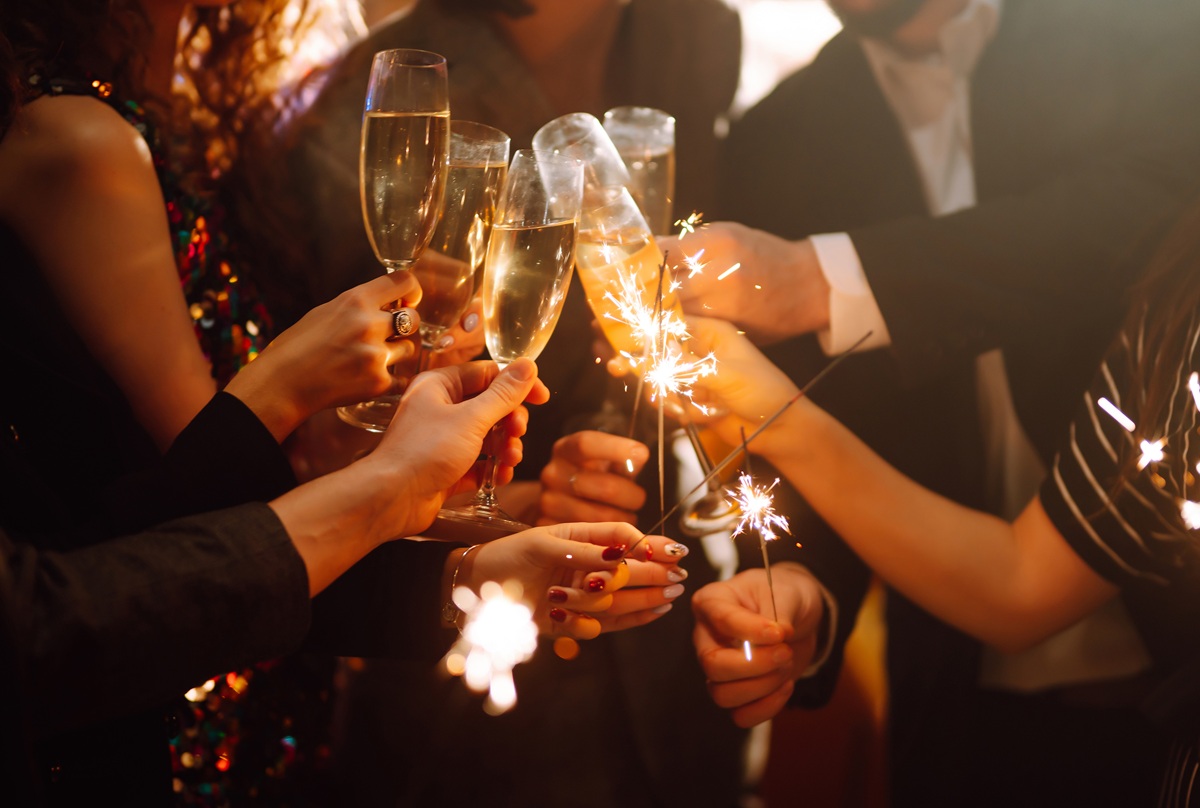No products in the cart.

Faith – The Unseen Foundation of Success
Faith is often regarded as a deeply personal, spiritual concept, but its relevance extends far beyond the realms of religion and philosophy. In the world of business, faith emerges as an essential foundation, a guiding principle that enables leaders, entrepreneurs, and investors to navigate the uncertain pathways to success. Drawing inspiration from Hebrews 11:1—“faith is the assurance of things hoped for, the conviction of things not seen”—we can explore how this principle underpins bold decisions, calculated risks, and visionary leadership in the business landscape.
The Paradox of Uncertainty and Confidence
At the heart of every business venture lies uncertainty. Markets fluctuate, customer preferences shift, and competitors evolve. For startups, the leap from concept to execution is often fraught with unknowns: Will the market embrace the product? Will the investment yield returns? Will the team succeed under pressure? Even for established firms, expanding into new markets or launching innovative products requires stepping into the unknown.
Faith is the bridge that connects the vision of future success with the challenges of the present. It requires business leaders to embrace uncertainty with conviction, trusting that their efforts, strategies, and innovations will bear fruit. This mindset is not blind optimism but a deliberate act of confidence grounded in preparation, research, and belief in the potential of their vision.
Faith in Action: Belief Drives Investment
The IRS distinguishes businesses from hobbies by their intent to make a profit, a distinction that underscores the role of belief in business operations. Investors, founders, and leaders must possess an unwavering conviction in the potential for returns before committing resources. This faith manifests in many ways:
- Founders Believing in Their Vision: Entrepreneurs often pour their savings, time, and energy into ventures that exist only as ideas. They face skepticism, endure rejection, and overcome obstacles, driven by a faith that their idea can reshape markets or solve pressing problems.
- Investors Trusting in Unseen Potential: Venture capitalists and angel investors fund startups with no guarantee of returns. Their faith lies in the potential of the team, the market, and the business model to generate exponential growth.
- Employees Betting on the Future: Joining a new or struggling business often involves taking a leap of faith in employees. They choose to align themselves with a vision, sometimes sacrificing stability or higher-paying alternatives for the promise of being part of something transformative.
The Interplay of Faith and Strategy
Faith alone does not ensure success; it must be paired with strategy and diligence. Hebrews 11:1’s assurance of things hoped for is not a call to wishful thinking but a challenge to act decisively, despite incomplete information. In business, this interplay between faith and action is critical:
- Strategic Vision: Leaders must articulate a clear vision that inspires confidence and sets a trajectory for the organization. Faith fuels this vision, allowing leaders to see opportunities where others see risk.
- Preparation and Execution: Faith does not negate the need for preparation. Successful businesses invest in market research, financial modeling, and team development. This groundwork transforms abstract hope into actionable plans.
- Adaptability and Resilience: Faith is tested in moments of adversity. Businesses that endure setbacks while remaining committed to their goals demonstrate a resilience rooted in their belief in future success.
Examples of Faith in Business
Faith-driven decisions have defined some of the most transformative moments in business history. When Elon Musk invested his last remaining capital into Tesla and SpaceX, he acted with a conviction that electric vehicles and private space exploration would revolutionize industries. Similarly, Steve Jobs’ faith in Apple’s ability to redefine consumer technology led to the creation of the iPhone, a product that reshaped the global market.
For smaller businesses, faith plays out in less dramatic but equally vital ways. A local entrepreneur opening a new store in a struggling neighborhood believes in the community’s potential to grow. A family business expanding into e-commerce during uncertain economic times trusts in the adaptability of its customer base.
Faith as a Leadership Quality
Leadership demands faith—not just in ideas but in people. Great leaders believe in their teams’ abilities to execute strategies, overcome challenges, and innovate under pressure. This faith builds trust, fosters collaboration, and creates a culture where employees feel empowered to take risks and contribute to the organization’s success.
Faith also enables leaders to embrace delayed gratification. Long-term investments often yield no immediate returns, testing the patience and resolve of stakeholders. Leaders who remain steadfast in their vision inspire confidence, demonstrating that faith is not only an individual mindset but a shared organizational value.
The Role of Faith in Risk-Taking
A business inherently involves risk. Whether launching a startup, entering a new market, or innovating within a mature organization, risk-taking requires leaders to place faith in the unseen future. However, this faith is not reckless—it is informed and strategic. Leaders weigh probabilities, analyze data, and consider scenarios, but they must ultimately commit to action without absolute certainty.
This dynamic reflects a universal truth: progress is impossible without risk. Faith equips leaders to take calculated risks, knowing that even if the outcome is not as envisioned, the lessons learned can pave the way for future success.
Faith and the Greater Good
Beyond profits, faith in business often extends to its impact on society. Social entrepreneurs and mission-driven organizations operate with the belief that their work can create positive change, whether through sustainability, community development, or technological innovation. This faith aligns with the idea that businesses are not just economic entities but forces for transformation.
A Call to Believe and Act
Faith is not a passive belief but an active force that drives innovation, leadership, and growth. In business, it allows leaders to envision a better future, commit resources to unproven ideas, and inspire others to join them on the journey. While uncertainty is an inevitable part of the business landscape, faith provides the assurance and conviction needed to move forward.
For leaders, the challenge is clear: embrace faith as a business imperative. Pair it with strategy, preparation, and resilience to unlock new possibilities. Believe in your vision, trust in your team, and take the bold steps necessary to shape the unseen future. The world belongs to those who dare to believe—and act. Let’s get to work.









